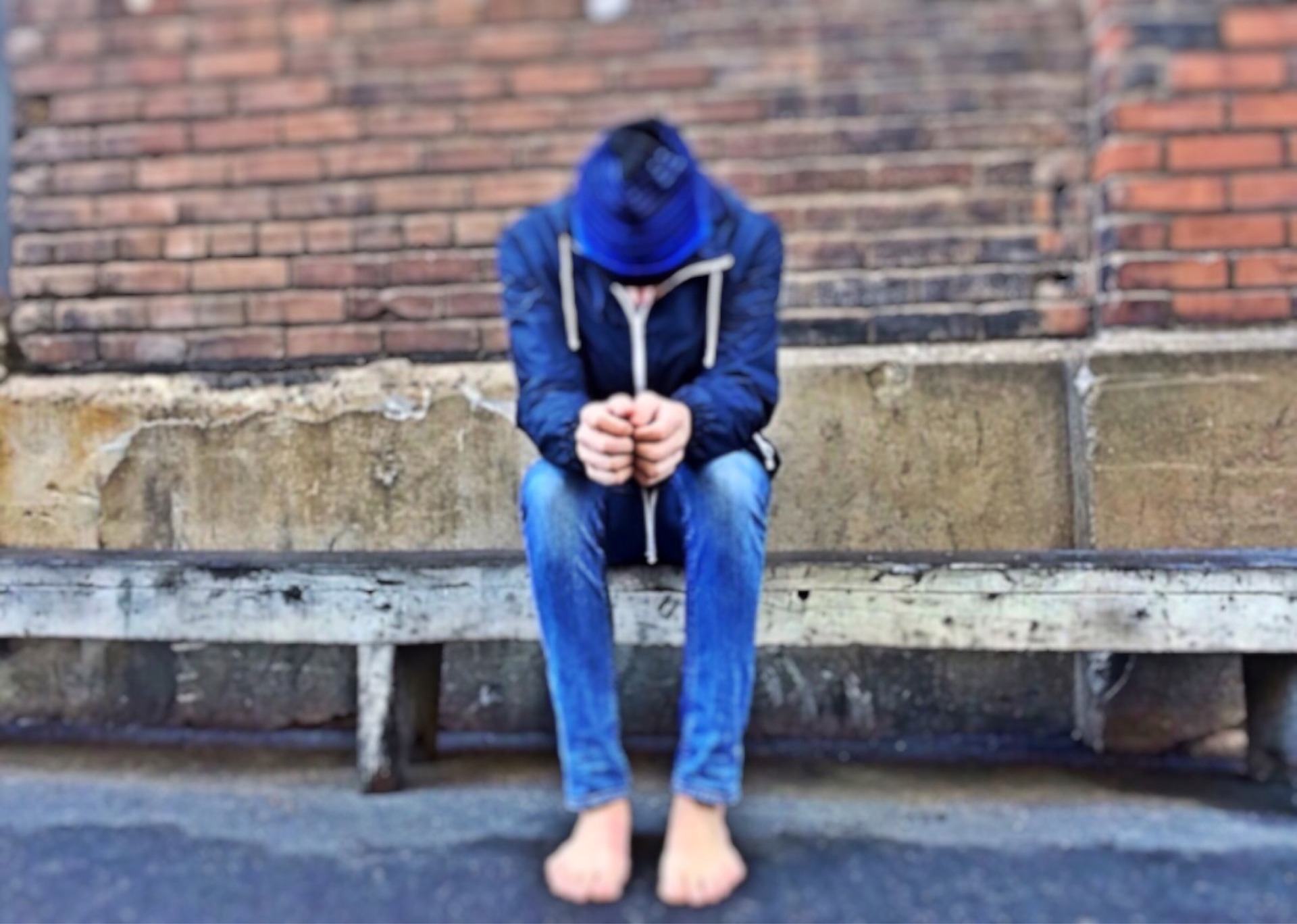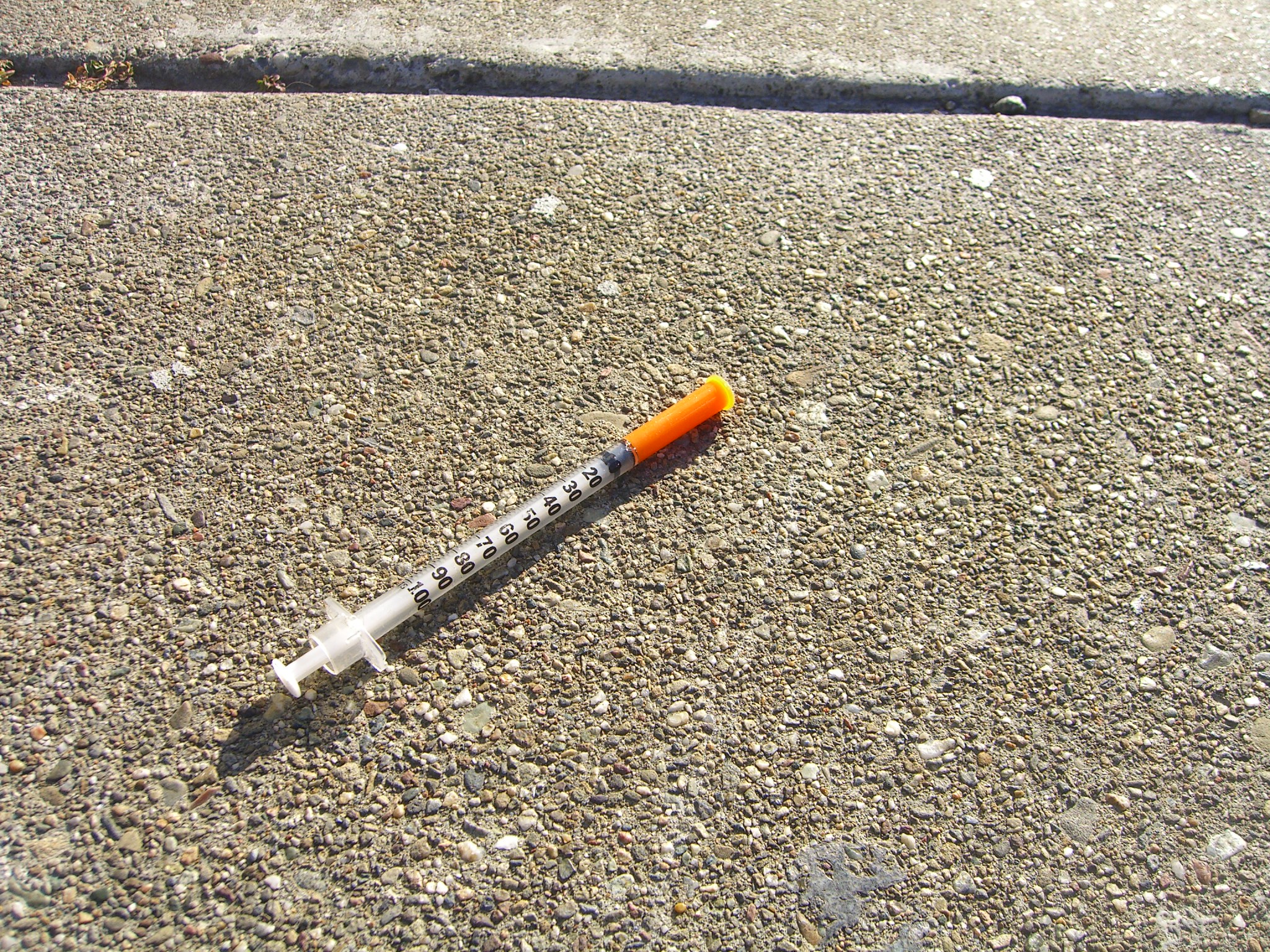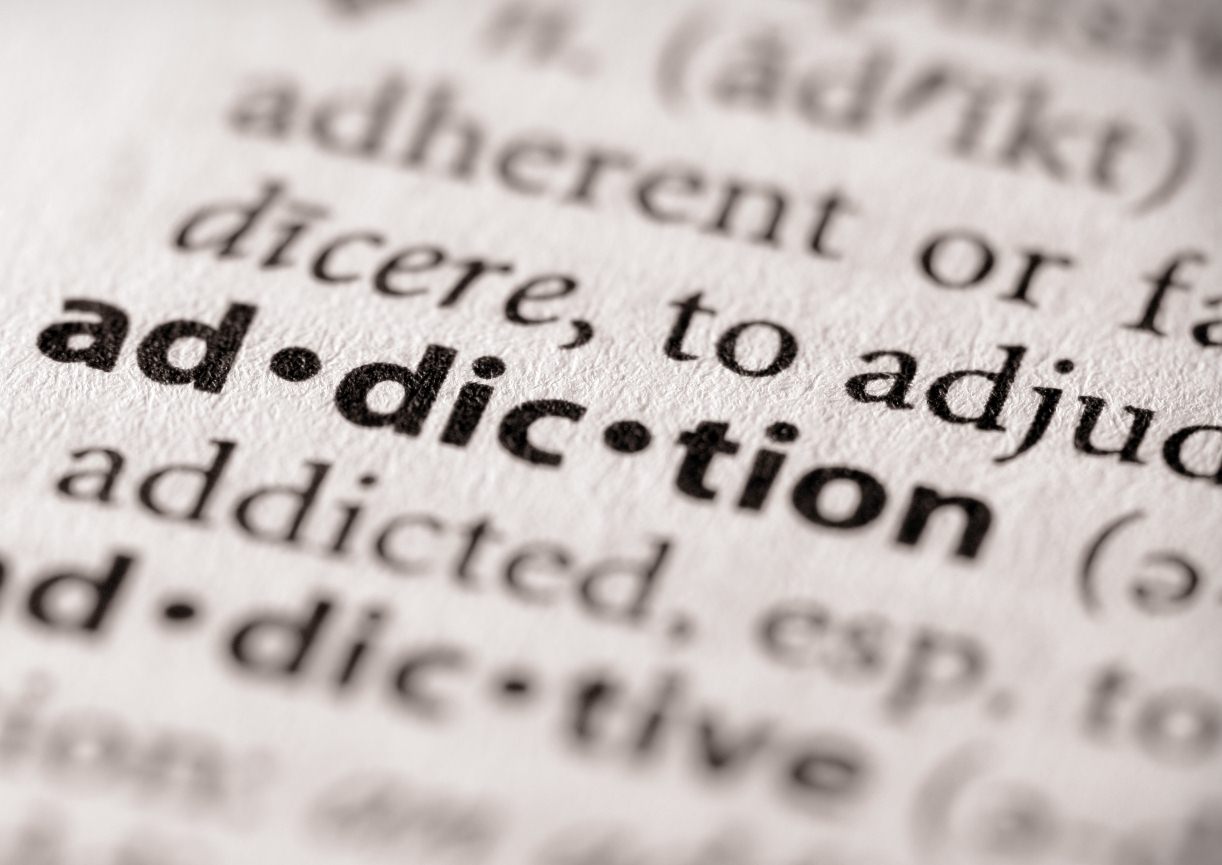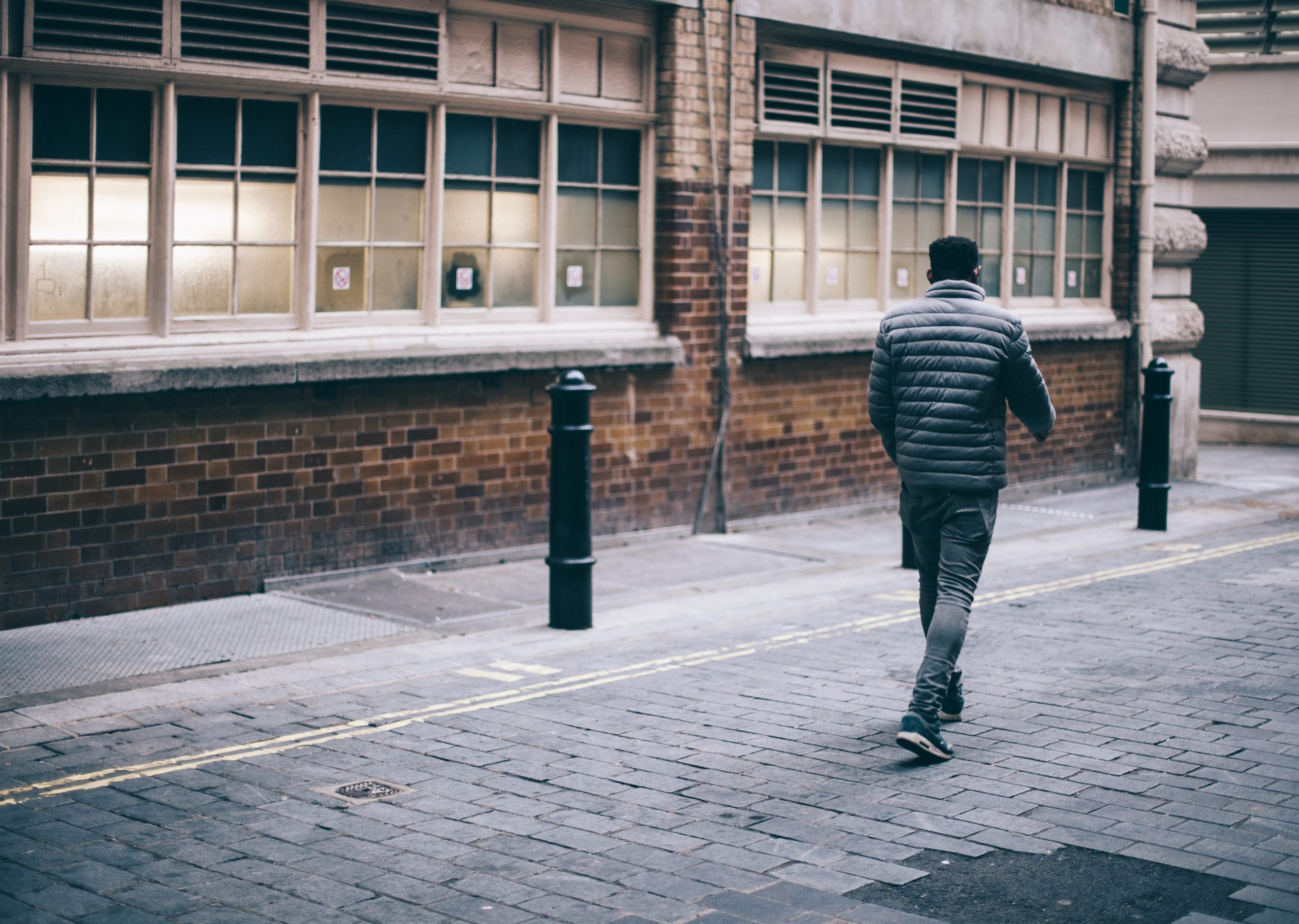“The criminal justice system provides a prime opportunity to tackle substance misuse and ensure the individual has access to the support they need to stop.”
Government Drugs Strategy 2017“If people don’t need to be incarcerated, don’t incarcerate them. Prisons do well if they don’t make people worse. Don’t put people in prison to rehabilitate them. Prison is antithetical to rehabilitation.”
Nick Hardwick, former Chief Inspector of Prisons, speaking in London, 2017
Discussion around how drug use is criminalised in this country often focuses on the legal sanctions placed on those caught in possession, to which a number of objections can be made.
The majority of people who use drugs recreationally do not encounter problems with their use, while those who do should be given appropriate treatment and support, not censure. The stigma and legal penalty attached to illegal substances discourages those experiencing problems with their use from seeking the help they need. And, since the threat of criminal sanctions does little to deter drug use, it is often asked why a largely moralistic judgement of it is imposed on people through the criminal law.
But, many of the offences that put people with problematic substance use in the criminal justice system, and keep them revolving in and out of it, are not those involving drug possession but acquisitive crimes committed to help fund their drug use.
So, what of these low- and medium-level recidivists who are in and out of our crisis-hit prisons, serving short sentences with few interventions and being released under ineffective supervision in the community, often with nowhere to live and no one to turn to except their drug dealer?
We need to be talking more about this group.
45 percent of acquisitive crime is committed by regular heroin and crack cocaine users, according to the Home Office – offences it describes as burglaries, robberies and shoplifting.
In the last year, the total number of these crimes recorded by the police was 2,100,900. In contrast, just over 111,000 drug possession offences were recorded in the same period. Enforcement of the latter is increasingly being deprioritised by police forces.
In 2016, around 13,500 adults and young offenders – 15% of the prison population – were in jail for drug offences (and the majority of these for supply), while nearly 26,000 – 29% of the prison population – were inside for offences such as burglaries, robberies, thefts, public order offences, criminal damage and arson.
The majority of those sent to prison last year committed non-violent offences, with nearly half of them given sentences of six months or less. Reoffending rates are nearly double for those serving shorter sentences compared to those serving sentences of one year or more.
Moreover, 81% of prisoners report using drugs at some point before being jailed and 64% in the month before.
How to deal effectively with drug-related acquisitive crime is much harder to assess than the arguments advanced around decriminalisation, but the conversation is a vital one: is prison the right intervention for these people and, given the nature of their offending, if it’s not, what is?
With drugs more readily available in prison – at higher cost and lower quality – than on the streets, how it can be the best place to send people with drug problems needs to be questioned. Even people without drug dependency issues when they enter jail are developing them as a form of self-medication – the ‘bird killer’ required to endure what prison life involves.
But, in many cases, prison is being used as the default setting for this group because police, magistrates and judges have no other option. Whether the motivation of a person burgling somebody’s house is greed or to buy drugs, in the eyes of the law, the harm is the same.
Speaking to a detective chief superintendent of a police force in the North West recently, he said that, whereas 20 years ago, the direction from superiors around drug possession offences was “this is the policy and we have to follow it”, now, police don’t target such individuals. Because of budget constraints? “No – because it’s the right thing to do,” he told me. But, when it comes to drug-related acquisitive offenders such as repeat burglars, the police’s response is as strong as it has ever been.
“We might sympathise with the reasons why they’re doing it, but not with what they’re doing,” he added.
The guideline for sentencing domestic burglars states that a minimum of three years in prison can be given to the offender, but that a community order may be appropriate, depending on the seriousness of the offence. Although a personal mitigating factor for the defendant can include their “determination and/or demonstration of steps taken to address addiction or offending behaviour”, previous convictions – especially for the same offences – count against them as a statutory aggravating factor.
The class dimension to this is also striking. Many wealthy people maintain problematic drug use without needing to turn to crime.
We need to be willing to ask how comfortable we are with warehousing the socially excluded or mentally ill – those who have the odds of leaving criminality stacked against them, not only by their personal circumstances but through what the state is (or isn’t) offering them.
So, what alternatives to prison are there?
The ‘community order’ sentence was introduced in 2013 with the option for judges and magistrates to attach a ‘drug rehabilitation requirement’ to it. But, how often these sentences will be used in the case of repeat offenders is questionable.
For some in policing, stopping people who use drugs ending up in a cycle of criminality in the first place is the answer.
Ron Hogg, Durham and Darlington’s Police, Crime and Victims’ Commissioner, caused controversy in 2014 when his force announced that it would no longer be prosecuting people growing cannabis for personal use. Alongside this de facto decriminalisation of drug possession, he is piloting Checkpoint, a ‘diversion’ scheme for offenders – an exercise in social justice framed within the pragmatism of shrinking police budgets.
“What we want to do with Checkpoint is to intervene early to steer someone away from a life of crime,” the former police officer told me.
“The role of the police is to prevent crime and that’s what we’re doing. It delivers social justice and gives us solutions for problems where the evidence shows – in many, many cases – the criminal justice approach doesn’t work for these particular individuals.”
Checkpoint offers low-and medium-level offenders a second chance. If eligible, they can either sign a four-month contract with the police to address the root causes of their offending, such as drug use, or be prosecuted for their original offence. Although it is unlikely to be an alternative for repeat acquisitive thieves or burglars, the aim is to stop any more people joining this cohort within the criminal justice system.
“We even use it in low-level cases of child neglect,” Mr Hogg said. “A lady was arrested in one of our towns in Darlington. She was drunk in charge of three children who were very young. She hadn’t engaged with any services. Now she’s on Checkpoint and receiving treatment for her alcohol addiction. The children turn up to school on time, fed, properly clothed and she’s really getting her life back together, rather than having the children being put into care.”
Despite being in its early stages, Mr Hogg said that Checkpoint has already led to a drop in reoffending among its participants.
Another initiative he is keen to introduce in Durham is Heroin Assisted Treatment (HAT), as a part of which dependent heroin users are given the Class A drug to inject in designated facilities with trained staff present.
Former undercover drugs officer Neil Woods believes HAT is the main solution for this cohort of acquisitive offenders.
Citing Switzerland – which saw a reduction in its number of burglaries two years after it began prescribing heroin and offering therapy to 20% of its most problematic users in the mid-1990s – he believes people who use drugs need to be “free from the exploitation of organised crime, which means the doctor becoming the dealer”.
“If someone is committing violent offences for whatever reason, then they should go to prison,” he said. “But, for drug problems, it shouldn’t be part of the conversation at all. If they’re committing petty thefts, they’re being exploited.”
“A particular couple come to mind who I sent to prison,” he added. “They were dealing amphetamines and were problematic amphetamine users, but, before prison, they never would have considered using heroin. Their lives were a mess and they needed help and the worst possible thing that could have been done to them was send them to prison. It’s piling trauma on top of trauma. They came out problematic heroin users. So, the prison system is actually contributing to the overall problem and I would say significantly.”
The author of Good Cop, Bad War believes problem drug users must be seen as “individuals” and given tailored help within a health setting.
“I’m dubious that any kind of secure or forced drug treatment would ever have any benefit,” he said. “The whole thing needs to be approached with lots more understanding of individual situations and that can only be achieved once drugs are moved completely away from the Home Office and seen entirely as a health issue. We all have our own personal GP, one person who will treat you as an individual.”
“One young lady who was a long-term problematic heroin user said to me once ‘I can come off heroin, but when I do I start to remember the sexual abuse I received as a child and then I become suicidal’,” Mr Woods added. “For her, it was a pragmatic decision to stay on heroin because it’s a powerful painkiller of the body, but it’s also a powerful painkiller of the mind. It was keeping her alive.
“Until we treat people as individuals – because everyone’s got an individual story and issues which brought them to that place – we’re not going to beat the problem.”
Decriminalisation without legal regulation of drugs would still leave a market flourishing in the hands of criminal gangs, but the views of Ron Hogg and Neil Woods reflect the reality around drug policy in Britain today. Since the Government has no intention of legalising or regulating drugs, interventions taken by police at a local level are, for now, to be the most progressive alternatives available.
Interestingly, alcohol, a legally regulated drug, does not present the same extent of problems as illicit drugs when it comes to acquisitive offending. In its 2016 Modern Crime Prevention Strategy, the Home Office said that “evidence on the links between alcohol and non-violent or acquisitive crime is less well-developed”, though alcohol can be a specific factor in some offences, with 36% of the penalty notices for disorder in 2014-15 issued to people being drunk and disorderly.
Vague suggestions rather than concrete policies to tackle drug-related acquisitive crime were given in the Government’s latest Drugs Strategy.
“Alongside punitive sanctions, the criminal justice system should consider use of health-based, rehabilitative interventions to address the drivers behind the crime and help prevent further substance misuse and offending,” it said.
It mentioned “early intervention liaison and diversion schemes” and that “appropriate health interventions” should be considered, as well as “community sentences with treatment requirements” that “can give courts an alternative to custody, taking the most vulnerable and chaotic people out of prison and directing them towards more effective community-based interventions”.
Ideas appear to be thin on the ground.
Last month, Home Secretary Amber Rudd wrote to the Advisory Council on the Misuse of Drugs asking for its advice on “what more we can do within the criminal justice system, both to divert people away from crime and into treatment”.
“How can the criminal justice and healthcare systems’ responses at charging, sentencing, imprisonment and release be made more effective in responding to offenders’ drug misuse and its impact on their health and risk of offending?” she wondered.
How, indeed.
“It was right and proper that I paid the consequences for my crimes, that was part of my recovery – accepting responsibility. I was that far gone, I needed to be rehabilitated in a space where certain rights and responsibilities were taken away from me. I don’t know, at that point, what else could have been done. For me, death was welcome. I was like ‘the sooner I die, the better because my life is miserable, it’s never going to be any different’.”
Peter Yarwood took his first steps into the criminal justice system when he was 15. A dependent heroin user, he was in and out of prisons for the next 20 years, repeatedly committing crimes to fund his drug use. He says that it wasn’t until he found himself on a ‘therapeutic community wing’ at HMP Wymott that he saw there was another way. He was released, abstinent, in 2007, having spent two years getting sober in this community of peer support.
Speaking about how he ended up in the therapeutic community, he told me: “I had a mobile phone and a drug operation going – I was shipping them in from outside. One day, security closed it down and arrested my girlfriend who got four years in prison. I fell in a heap on the floor and just thought ‘what am I doing?’. I’d heard about this programme and that if you completed it, you could get a downgrade on your security classification and maybe got to go to an open prison and I thought ‘yeah, open prison – I’ll be able to make more money and get more drugs’. My motivation for going on it wasn’t pure, but when I arrived I could see guys who were changing and I wanted a bit of it.”
The ex-prisoner believes the underlying reasons for addiction and the individual agency involved in taking drugs need to inform any approach trying to tackle the cycle of criminality of drug using offenders.
“What’s wrong with the prison system is that it reinforces self-helplessness and it disempowers people from taking responsibility,” he said. “In the therapeutic community, I had to take responsibility. If I wanted canteen at the end of the week, I had to work. If we wanted to live in a clean environment, we had to clean it. Everything was put back onto to us to manage. It was training us for life and I never had any life admin skills – that’s why I always thought ‘I’ll just go back to prison’.”
Clearly, some interventions have the potential to help some acquisitive offenders with problem drug use who end up in prison – if they have the time, opportunity and willingness to engage meaningfully with them.
In his annual report for 2016-17, the Chief Inspector of Prisons said that, in the 36 prisons he inspected in the past year, “prisoners with substance misuse needs had access to a good range of psychosocial services in most establishments” and that “substance misuse services were generally of high quality and easily accessible”.
Hattie Moyes, a research manager at Forward (formerly RAPt), one of the largest accredited providers of drug treatment services in prisons, said that jails can be a very effective place to deliver drug interventions precisely because “you’ve got a captive audience for a set period of time”.
But, cuts in funding and wider pressures on the system have made this difficult.
“We’re not able to run as many programmes as we would like to,” she told me. “It’s frustrating because we know that 69% of people who complete our programmes don’t reoffend, which matters. We do offer shorter programmes, but the kind of short and snappy things don’t really seem to work. They provide people information about being safer with their drug use, but service users always say they want to do more about why they’re using.”
In the past seven years, there has been a 92% drop in the number of accredited substance misuse programmes – those proven to reduce reoffending – being completed that have been commissioned for prisons by the Ministry of Justice (MoJ).
The MoJ says this sharp decrease is mainly explained by the commissioning of these services moving to the NHS in 2011, which has opted to commission unaccredited programmes for prisons instead. No data is yet available on this. But, tellingly, in its latest Drugs Strategy, the Government has said it wants prison governors to co-commission drug treatment services with the NHS going forward.
In any case, trying to run the programmes Forward still receives funding for is challenging in prisons awash with drugs, Miss Moyes told me.
“You could have an amazing programme with brilliant outcomes but if you have a someone in your cell saying ‘have some of this’, it makes it very difficult for people to resist, especially if you’re in the early stages of treatment.
“That’s why we talk a lot about drug recovery wings. If you have wings that are just for people recovering from drug use and make sure you don’t fill up spaces with overflow from the rest of the prison, then it’s more effective.”
A small but potentially significant step is being taken in the right direction here. Despite reports that 16 of its prison officers are currently off sick after inhaling the new psychoactive drug Spice, HMP Holme House was last year awarded £9 million – funded jointly by the Ministry of Justice and Department of Health – to start accepting prisoners as the country’s first ‘drug recovery prison’ from next April.
Tom Gash, author of Criminal: The Truth About Why People Do Bad Things, believes prisons aren’t the best places to help those with addictions or other underlying personality, behavioural and mental health issues who are committing crimes, but it may be better than nothing.
“Prison doesn’t do an awful lot, but some institutions may be able to achieve more with the right type of regime,” he said. “This will change the balance as to whether prison is a good thing for these people with these problems or a bad thing.
“It’s certainly not helping them to stop reoffending, which is not a great outcome for something we spend quite a lot of money on. Does it help their mental and physical health? Certainly not – you only have to look at elevated rates of self-harm and suicide, victimisation and violence in prisons.
“It’s not a great place to deliver interventions, but, at the same time, if it’s ‘you get intervention in prison or you don’t get any intervention at all outside of prison’ then maybe it is a better solution for that.”
Since 2014, all offenders sentenced to more than a day in prison now receive supervision for a minimum of 12 months once they are released. But, serious problems have resulted from the reforms to probation services introduced by former justice secretary Chris Grayling, meaning offenders are often left without the support they need to stay out of jail.
The splitting of probation into a state-run National Probation Service (NPS) – supervising those assessed to be high-risk offenders – and private and voluntary sector-run bodies called Community Rehabilitation Companies (CRCs) supervising medium- and low-risk offenders, has led to services whose impact on offenders, if they were removed tomorrow, would be “negligible”.
A report published by the Chief Inspectors of Probation and Prisons on the reforms this year said: “Many [offenders] have enduring problems including mental illness and addiction, and yet links between treatment in custody and in the community, were not always easy. The whole transition is often fraught. Affordable accommodation is hard to source, and claims to state benefits take time to process so some prisoners are released with nowhere to live and may face weeks without any income”.
The failings of our probation services beg the question: are drug use and offending being incentivised as a means for ex-prisoners to survive?
Tom Gash believes that focusing on rehabilitation as the answer is also misguided.
“Rehabilitation is an easy political agenda,” he said. “‘We can be really tough and spend lots of money on our prisons, but don’t worry we’re also going to rehabilitate them’. It’s like ‘we’re going to give you more and we’re going to give you more’.
“I always get frustrated that people jump on rehabilitation, rather than on preventing crime in the first place – either through early intervention before behaviours become too chaotic or the problem becomes too entrenched, or problem-solving and reducing crime through better security, through creating less stressful urban environments, reducing crime opportunities.
“What prison is needed for is justice purposes and that’s why we stick with it. We don’t really believe it works anymore for reducing crime. It works for retribution and that’s something our society seems to value and there needs to be consequences for behaviour. But, we should be investing more in prevention and perhaps less in retribution because that’s the way you end up with less victims and less harm.”
Helen Mills, a research associate at the Centre for Crime and Justice Studies, agrees.
“It can be a mistake to think that the criminal justice system can be a system that’s about reform and rehabilitation,” she said. “We could have spent a long time talking about how to make slavery nicer or we could just say ‘this isn’t right and we know that, fundamentally here the system is wrong’. Seeing it in those terms, the reform agenda becomes quite a distraction.
“If people are committing acquisitive crime related to drug addiction, they get swept into the criminal justice system and that prioritises punishment for a crime and, for that reason, it can’t deal with the underlying addiction because it’s not set up to do that. But, the approach gets defended as being tough and protecting the public from problematic drug use.”
Many of those I spoke to held up Portugal’s approach to drugs as the aspiration. In 2001, drug possession was decriminalised and the country refocused its drugs policy around a public health model. Although possession for use is still prohibited, it does not incur penal sanctions. Instead, people are dealt with under the administrative law – given fines or community service and directed to ‘commissions for drug addiction dissuasion’ where they are given treatment. The approach has widely been regarded as a success, with HIV transmission rates down, increased numbers in treatment, one of the lowest rates of drug-related deaths in Europe and a reduction in the burden of drug offenders on the criminal justice system.
The premise for such an approach is that drug addiction is an issue of social not criminal justice. But are issues such as addiction, or homelessness and mental health, properly seen as the battles of social justice in Britain yet?
And, just as problematic, does the funding exist to tackle any of these issues in the ways they demand?
Those people with addictions who find themselves in and out of the criminal justice system for the same sorts of crimes and who may be dependent on drugs as a form of self-medication or survival, will only be reached when we adjust the lens through which we look at them and find the money to reach out to them.
When Switzerland switched to harm reduction to tackle drugs in the 1990s, Ruth Dreifuss said she was doing so as “no Swiss citizen should be left behind”.
While the Alpine nation continues to reap the successes of the warmth it has shown to its problematic drug users, what will the consequences be for the UK if it continues to leave them out in the cold?
Hardeep Matharu is a writer and researcher at Volteface. Tweets @Hardeep_Matharu






